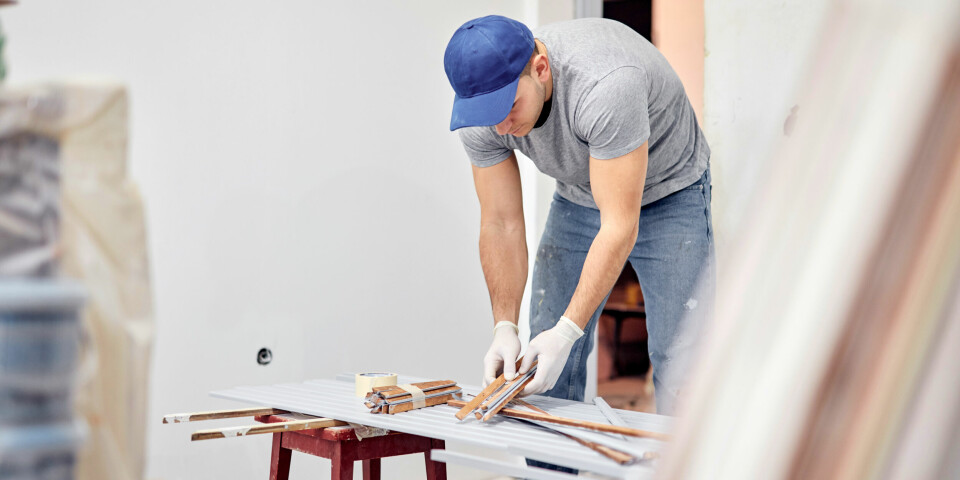13 stations in Paris above recommended pollution levels - which are they?
The fine particle pollution found is among the most damaging to respiratory health
13 stations were identified as having above-threshold air pollution levels
Alexandru Nika/Shutterstock
High levels of fine particle pollution - some of the most damaging to respiratory health - have been found in 13 Paris metro and RER stations, new data reveals.
The new map of station air pollution was released on October 14, by the state-recognised Observatoire de l'Air en Ile-de-France (Airparif). The study analysed 426 stations across the city.
Of these, 13 had concentrations of fine particles (PM10) in excess of 480 µg/m3. This is the maximum threshold recommended by the national health agency l'Agence nationale de sécurité sanitaire (Anses) after one hour's exposure.
Which stations are affected?
The stations found to be over the threshold are all on the metro lines 2, 5, and 9.
The stations are:
Belleville, Iéna, Jaurès, Laumière, Michel-Ange-Auteuil, Michel-Ange-Molitor, Oberkampf (line 5 and 9), Ourcq, Père-Lachaise, Pigalle, Saint-Philippe-du-Roule, and Trocadéro.
In contrast, the study found that pollution levels were “average” at 276 stations, and “low” at 123. The study also found that 14 stations could not be classified due to a lack of data.
What causes the high pollution levels?
The pollution comes mainly due to friction between the wheels and rails during braking. This emits iron particles into the air. However, other factors can also make a difference, such as the structure of the stations.
“The type of rolling stock, and in particular the braking system, has a major influence on air pollution levels,” said Airparif in the report. “The presence of doors on platforms and ventilation are also ‘significant influencing factors’,” it said.
Read also: MAP: Air pollution in France, the worst - and best - areas
Street level and underground
Airparif has also said that there are high pollution levels on the streets of Paris, as well as in these underground stations.
In a 2023 report, the organisation said that 70% of the population of Ile-de-France had been exposed to levels of fine particles (PM10) in excess of WHO recommendations.
Read also: French air pollution restrictions: how and where bans on older cars will work
Read also: Crit’Air 3 vehicles to be allowed limited access to Paris in 2025
High concentration of these kinds of particles in the air can lead to respiratory problems, particularly in vulnerable people.




























